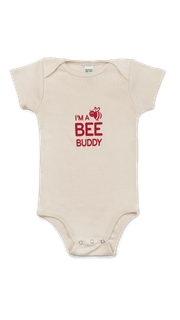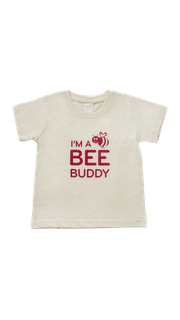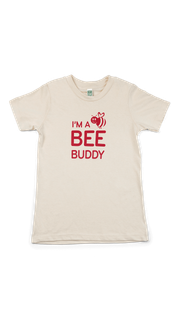BEESPONSIBLE KIDS
INSPIRE THE NEXT GENERATION OF BEE-LOVERS
LEARN, PLAY & HELP THE BEES
Buzz, buzz! Have you seen these cool little insects flying around your yard or garden? They're actually busy working and gathering food for their families (from our flowers). When they do this, bees also pollinate our plants – which puts healthy food on our tables and keeps our gardens blooming.
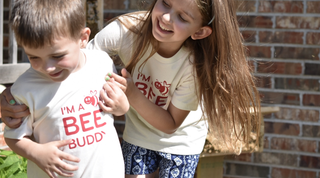
ACTIVITIES FOR BEESPONSIBLE KIDS
There are all sorts of ways to do good for these fuzzy, buzzy pollinators. Sometimes that just means learning more about them to gain a greater appreciation. We've got ten ideas for starters — share these with your parents so they can get in on the fun!

10 FUN FACTS ABOUT HONEYBEES
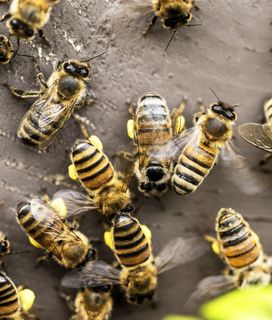
10 FUN FACTS ABOUT NATIVE BEES
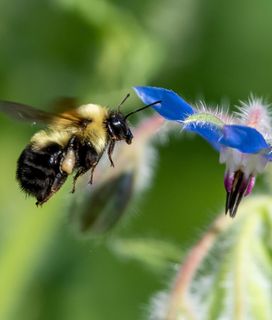
DOWNLOAD COLORING PAGES
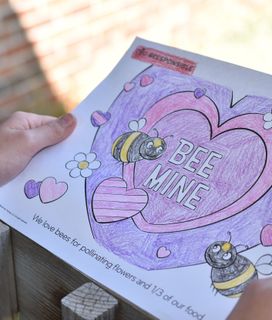
BEESPONSIBLE SCAVENGER HUNT
Head outside with this all-season scavenger hunt to learn more about bees and nature. Bring along your parents or siblings for a family activity – or make it a fun competition with friends to see who can finish first!

